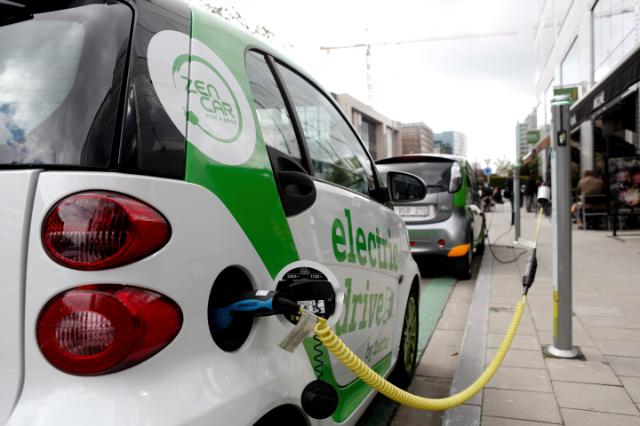Urban Mobility Days 2022, what funding opportunities for the sector?
 Sustainable, climate-neutral and energy-efficient urban mobility plays an important part in the achievement of EU’s Green Deal targets and objectives. But which EU funding instruments programs and initiatives are there in place to provide funding and financing in the sector?
Sustainable, climate-neutral and energy-efficient urban mobility plays an important part in the achievement of EU’s Green Deal targets and objectives. But which EU funding instruments programs and initiatives are there in place to provide funding and financing in the sector?
Cities face crucial challenges on the path to sustainable mobility, but they are also the key to action. More than 70% of Europeans live in cities, and urban areas are responsible for about 23% of greenhouse gas emissions (GHG) from transport in the EU. At the same time, European cities are home to some innovative solutions for passenger and freight transit.
There are several opportunities offered by EU funding instruments, programs, and initiatives that can also be blended with private funding to help achieving ambitious political priorities such as those set out in the sustainable and Smart Mobility strategy, the Urban Mobility Framework, the Fit for 55 strategy and the Climate Neutral and Smart Cities mission.
This was discussed over the Urban Mobility Days 2022 in Brno, where Hanna Gronkiewicz-Waltz, the Chair of the Climate-Neutral and Smart Cities Mission Board, reminded how the mission incorporated by Horizon Europe, aims to support 100 European cities in their systemic transformation towards climate neutrality by 2030 with 96 billion euros.
“One of our goals is to make sure that we of course, together with the Commission, we make the selection of the best possible projects, but we're there as well to help the people and so we start with a call for proposal evaluation, the whole implementation, we're there to help the beneficiaries and I think it's important to make sure that we have the most efficient use of the appropriations that we allocate”, said Dirk Beckers, Director, European Climate, Infrastructure and Environment Executive Agency stressing how the agency has been evaluating more than 3000 proposals, which have led to the allocation of 800 projects that will get financing access.
Also the European Investment Bank (EIB) is a very large player in this sector with about 60 to 70 billion financing every year to transport as such, 18 billion annual investment in the mobility sector. But where does the money come from? In fact, it doesn't come only from the EIB and the European Commission because the public money is not enough to finance the needs which has been outlined. So in this respect, EIB very closely cooperating with the EU Commission on the lending side, but also on the planning side. “In the context of the energy lending policy but also in the context of our climate bank roadmap, EIB has made bold measures to become the EU climate bank”, said Werner Schmidt, Director for Urban and Territorial Development, European Investment Bank.
In fact, 50% of EIB’s financing should be climate action and environmental sustainability by 2025. The EIB has projects in the context of the 100 cities which were selected by the Smart Cities Mission Board. But at the same time beyond these cities which are under the mission, there are others that the EIB is also supporting in order to decarbonize their urban transport and there will transport mobility systems in general.
Finally, Laurent Zylberberg, Director of European Association of Long-Term Investors, underlined how, in order to fulfill the need of transformation in terms of energy, of transport, and eventually of the whole city, it is important to blend private and public money. Public and financial institution are needed to have some grants that will make the projects having a return for private investors.